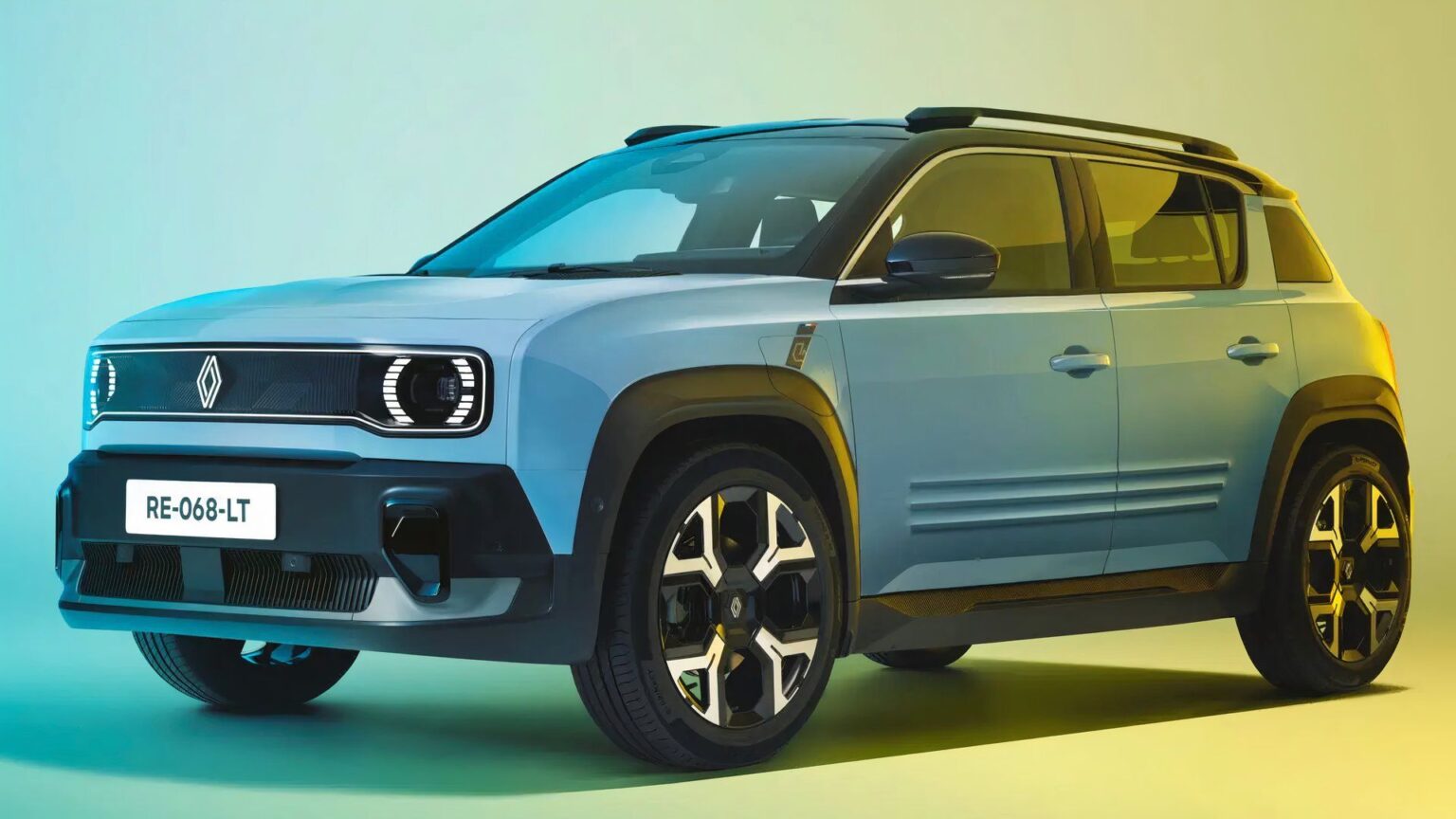Renault and Nissan have been partners since 1999. But the marriage has always been messy, and it still is. Nissan is mired in slow product development and staid management practices. Renault hasn’t exactly been quick, either. Newly minted Nissan CEO, Ivan Espinosa, recently admitted to the carmaker’s need to get out of its own way, according to reporting by Reuters. But before that can happen, Nissan needs a cash infusion, which is now coming in the form of a multipart deal it struck with Renault. This could lead to some cool product, and it could also mean that that product, or derivatives, even get to the U.S. Here are the numbers—and aspects of the plan we can see mattering to American car buyers.
The Money
Nissan needs liquidity to pay its bills. The deal with Renault allows Nissan to bail on some of its investment in Renault’s EV brand, Ampere, while still working in tandem with Renault on the development of new EVs for Europe, and probably beyond. Further, Nissan is being freed from a two billion euro commitment to a joint Nissan-Renault carmaker venture in India. So if you’re asking why Renault is bothering, that’s the prize. India is on a much faster growth curve for vehicles and Renault gains market share and a cheaper supply chain and desperately needs to accelerate its product timelines to match China’s. India is part of that strategy.
The Cars
Nissan is already about to get an electric version of its Micra minicar, co-developed with Renault. But cooler possibilities exist for the U.S., too. The two carmakers are working on future EVs with lower parts counts and cheaper batteries. According to reporting by Automotive News, Ampere is already working on a compact SUV EV for Mitsubishi, which is also a partner in the alliance. And Nissan is said to be exploring a second co-developed EV with Renault.
Why It Matters
Nissan’s Espinosa met with journalists in Japan last week and admitted that the company’s product development cycles are too slow. According to reporting by Yahoo, Espinosa wants to cut development times nearly in half, from 55 months down to 30 months. Some Chinese automakers are able to get from pencil sketch to a car in just two years. EVs should enable this, because they use far fewer parts, so it’s far more about a versatile platform than anything else. But legacy automakers have been far too slow with development. Espinosa, who, prior to taking the reigns at Nissan, headed up planning for the carmaker, also knows that Nissan doesn’t brand well across the globe and wants the company to be better with its core products standing out globally. He specifically mentioned the Patrol as that kind of pillar, which signals perhaps that the rebirth of the Xterra is real.
TopSpeed’s Take
Nissan is in trouble. They’ve been late on the hybrid trend in the U.S., and late on revising their own vehicles as well. Their powertrains are also less innovative and this has also hurt the brand’s competitiveness. One aspect that could help is that Nissan, in partnering with Renault on something like a small EV crossover, could leapfrog competitors and do it cheaply, by scaling down costs. Renault failed to attract VW to its own small EV project, since Volkswagen is going its own way with the ID.1. But what that signals is that every carmaker has to invent small, cheap EVs as around-town cars. If the co-developed Mitsubishi is that product for Nissan, and they could make a Micra scaled for the U.S., that just makes sense. But there are a lot of “coulds” and “ifs” in this reporting. If there’s good news, Renault needs vast improvement, too. There’s nothing like an existential crisis to get folks to focus.
Read the full article here


